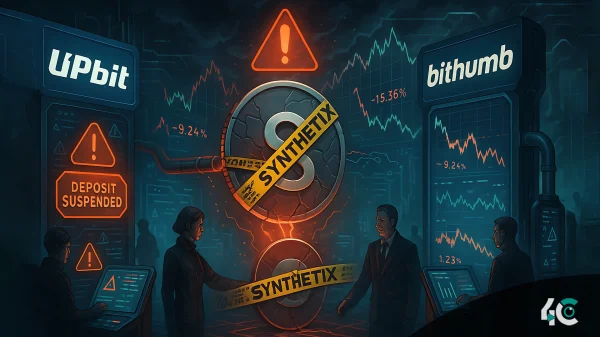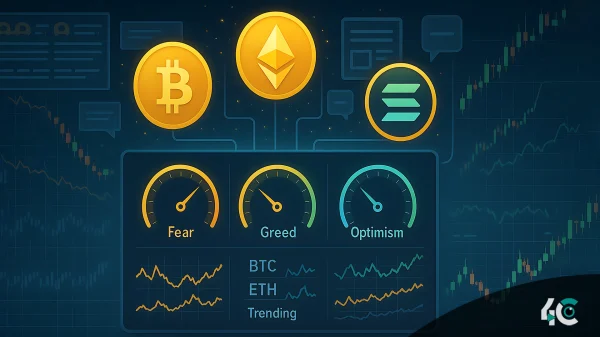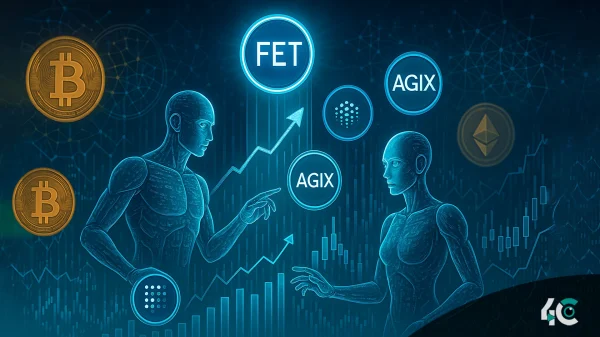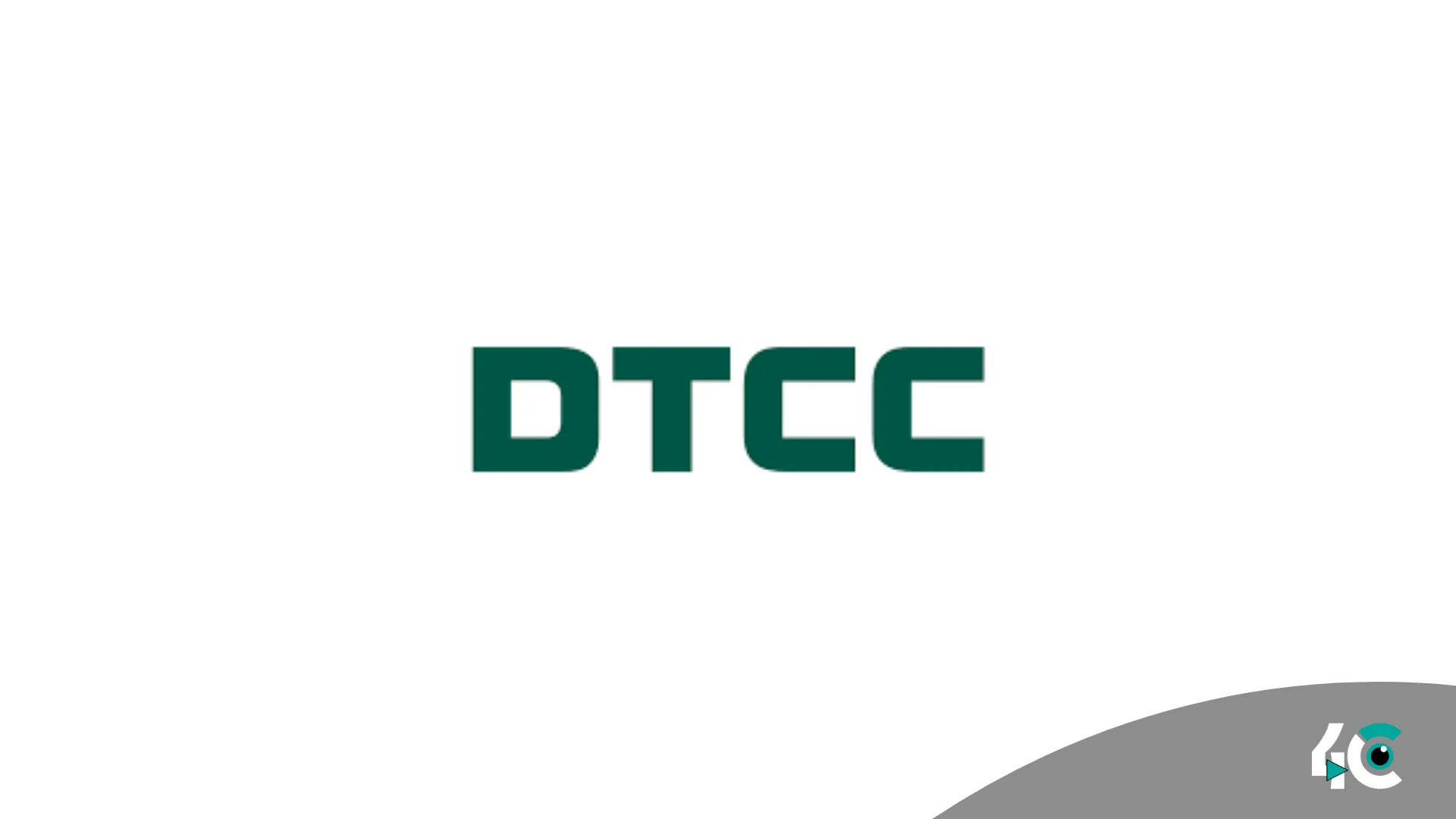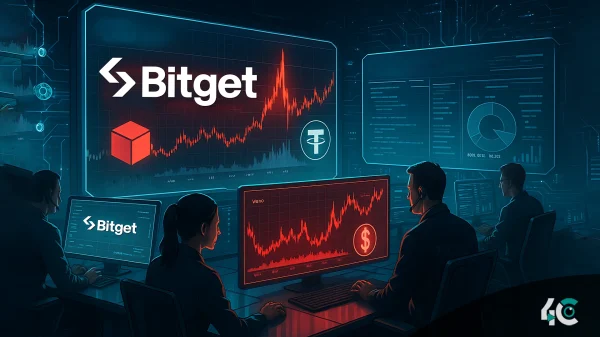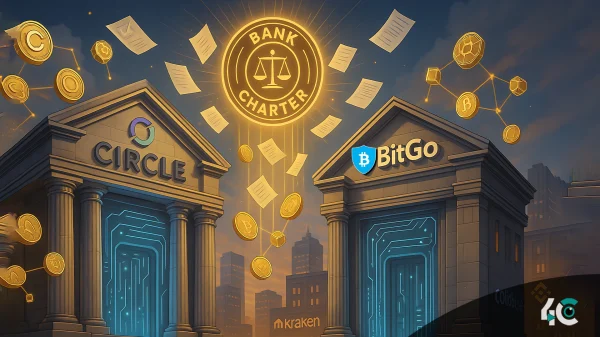Comprising 26 participants—banks, custodians, central counterparties—who completed a total of 100 transactions—the pilot initiative brought together The initiative showed how tokenized “digital twins” of Treasury bonds (USTs) may be used to highlight their possibilities in trading, lending, and collateral management among other contexts.
One of the main elements of the pilot was the creative application of digital twins—virtual models of actual objects. Faster settlement times and more effective collateral management are made possible by this technology allowing these digital equivalents to be used in the same way as the real assets. Usually taking a day or more to settle, transactions done during the pilot were finished practically quickly.
The pilot also underlined the need of legal clarity for asset transactions. Particularly in times of defaults, every transaction was intended to be completely traceable and auditable, therefore guaranteeing conformity with legal systems and giving trust in ownership transfers. A key component of the experiment was the capacity to grab promised assets and move ownership smoothly, therefore highlighting how blockchain technology may improve financial transaction integrity.
Following legal criteria, the pilot made sure that every participant had ownership over their data by using the Canton Network, therefore enabling safe and quick transactions. This arrangement made asset movement real-time visible, thereby greatly enhancing operational efficiency and liquidity in collateral management.
Completing this pilot successfully is a major first toward introducing blockchain technologies into financial services. The project creates a model for the larger financial market by proving how tokenization could maximize collateral procedures. It shows the transforming power of digital assets, thereby opening the path for next developments perhaps improving industry operations and liquidity.
Finally, the cooperation between Digital Asset and DTCC emphasizes the bright future tokenization in financial services offers. This pilot underlined the need of ongoing innovation in the digital asset field as well as the possibilities of blockchain technology to transform collateral management. Initiatives like this one will be very important in determining the direction of finance as financial institutions investigate the benefits of tokenization.



